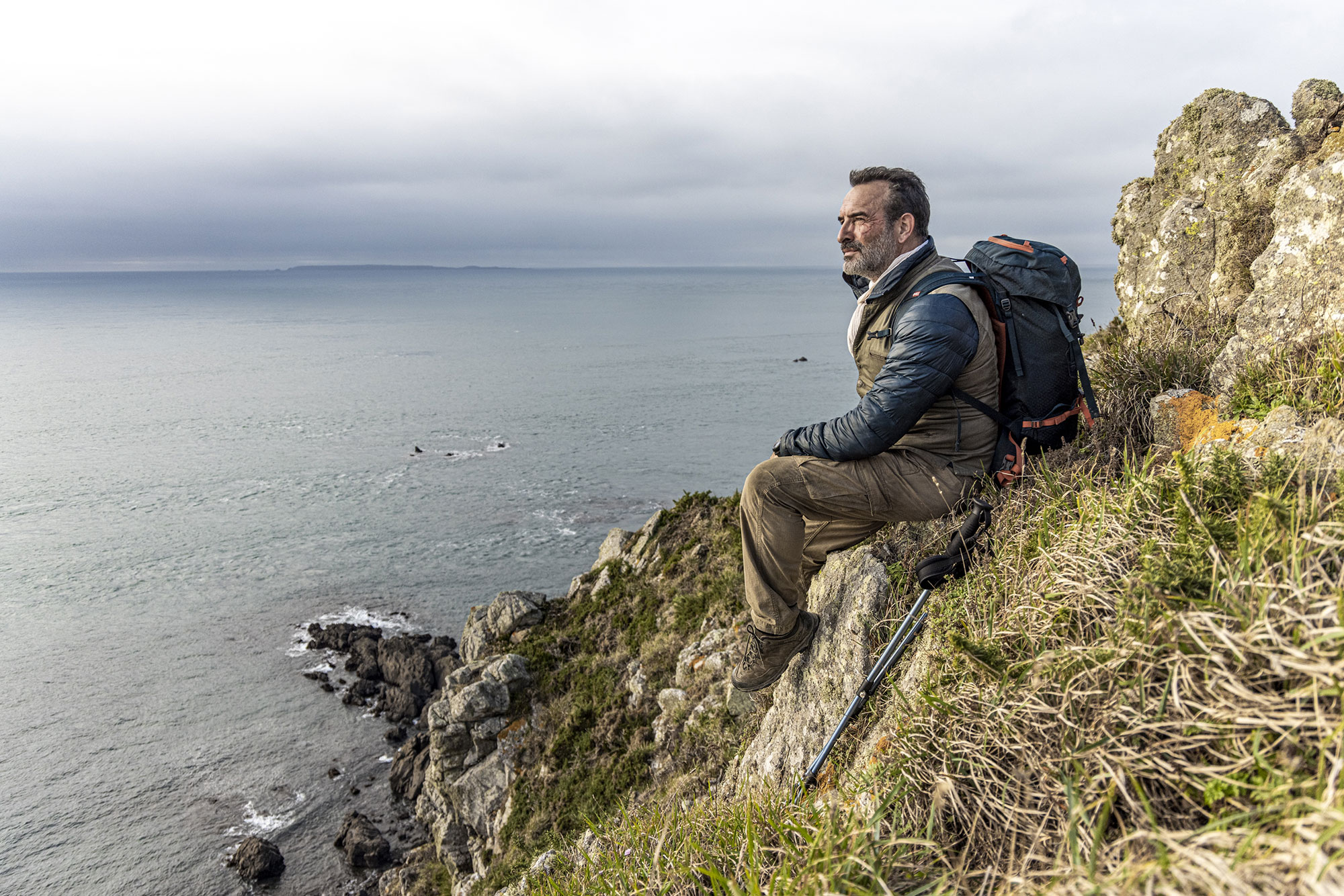“On the Wondering Path” by Denis Imbert
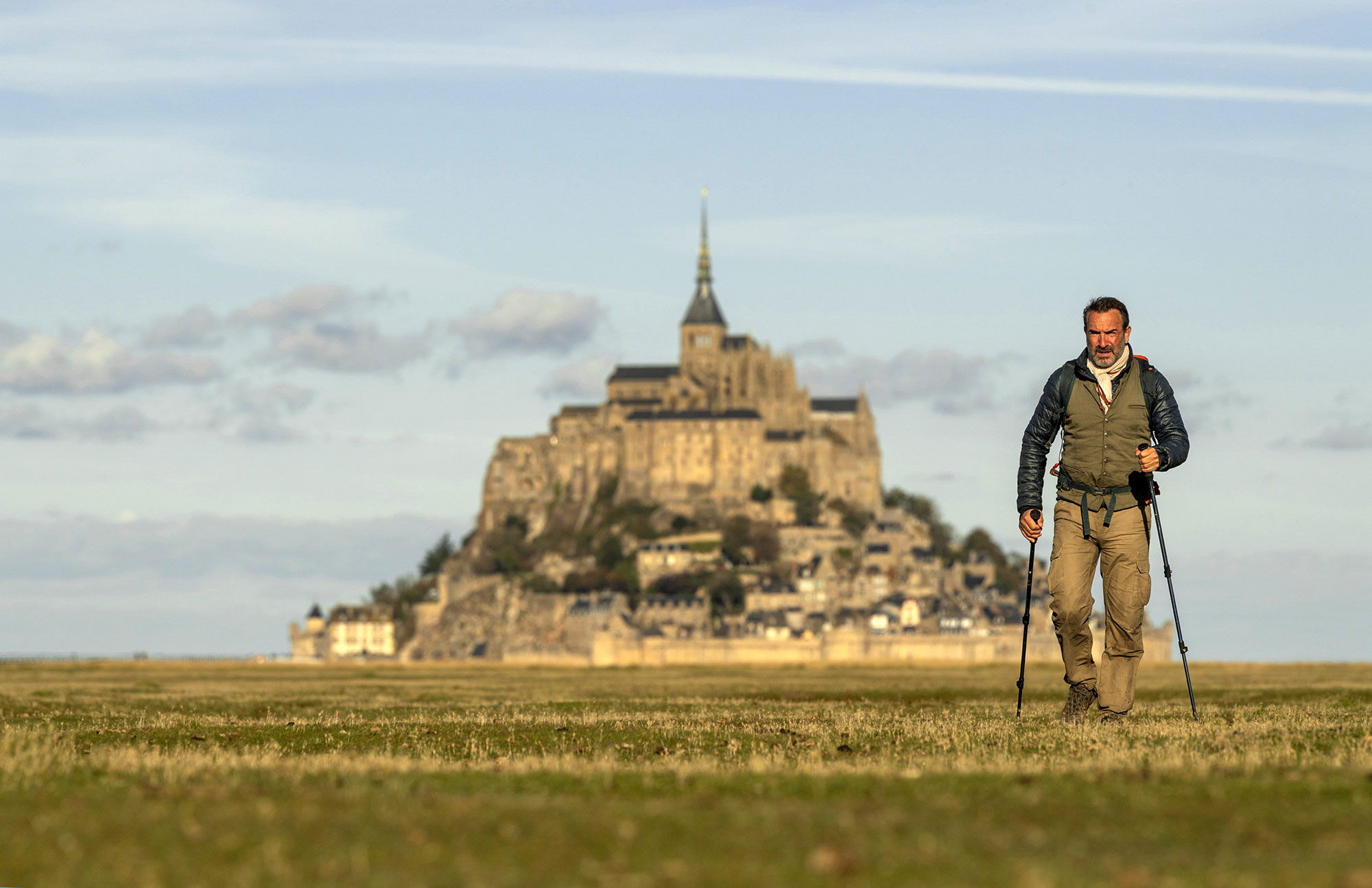
Based on “Black Trails” by Sylvain Tesson, Denis Imbert’s film starring Jean Dujardin
“On The Wondering Path” was born in the period of uncomfortable rest between the making of two films. The COVID-19 experience has just ended. The need to re-connect with nature, to embrace a wholly rural life, arises overbearingly. At this juncture, Denis Imbert came across Sylvain Tesson’s “Black Trails.” Of Tesson he read everything. To him, Tesson is a universal author, the writer-traveler par excellence, with this extraordinary ability to make the reader travel.
“Black Trails” is a personal and intimate story, a true form of autofiction. In fact, Tesson experienced an accident in Chemonix: he suffered a head injury after falling from a wall of a house he was climbing.
The story of the book is that of Pierre, an author and explorer who during an alcoholic evening plummets from the top of a building. A stupid accident that puts him in a deep coma. On his hospital bed, once awakened, he vows to cross France on foot from Mercantour (in the southeast) to Cotentin (in the far northwest).
A unique and timeless journey
to discover nature, the beauty of France
and personal rebirth.
A unique and timeless journey to discover nature, the beauty of France and personal rebirth.
“It was arduous to make, starting from the writing, to the shooting, to the editing…. Finally, it wasn’t until the first few takes that I realized what I was making: the scenes of the protagonist’s journey were revelatory. It’s really an absolute narrative. It was there that I realized that the film could be made” (Denis Imbert).
Of great importance was the meeting with the screenwriter, Diastème. The script writing was based on the strong belief that “Black Trails” (and “On the Wondering Path”) was not a story of resilience. It was a story about repair.
“I, who love nature in the cinematic sense of the word, absolutely did not want to create postcard images. I forbade myself to film a tour guide of France. My obsession was with nature as a subject and that the character disappear into the landscape. Asking Sylvain how to summarize his book, he said it was ‘a conversation between a landscape and a face.’ I built the film in this direction. As soon as you walk, when you are alone, you enter a state of introspection. This is an inner journey. Sylvain Tesson tells us about the value of walking” (Denis Imbert).
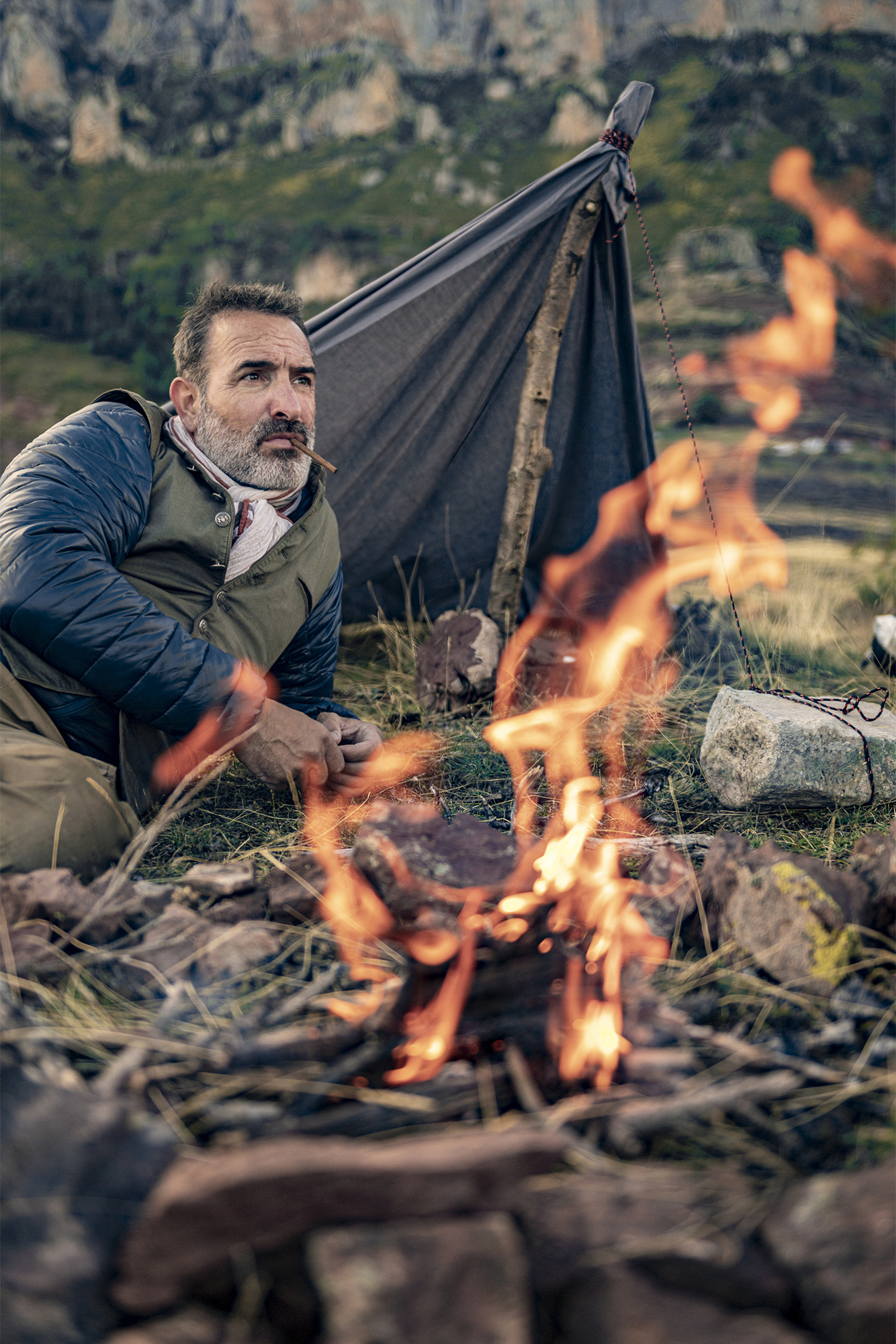
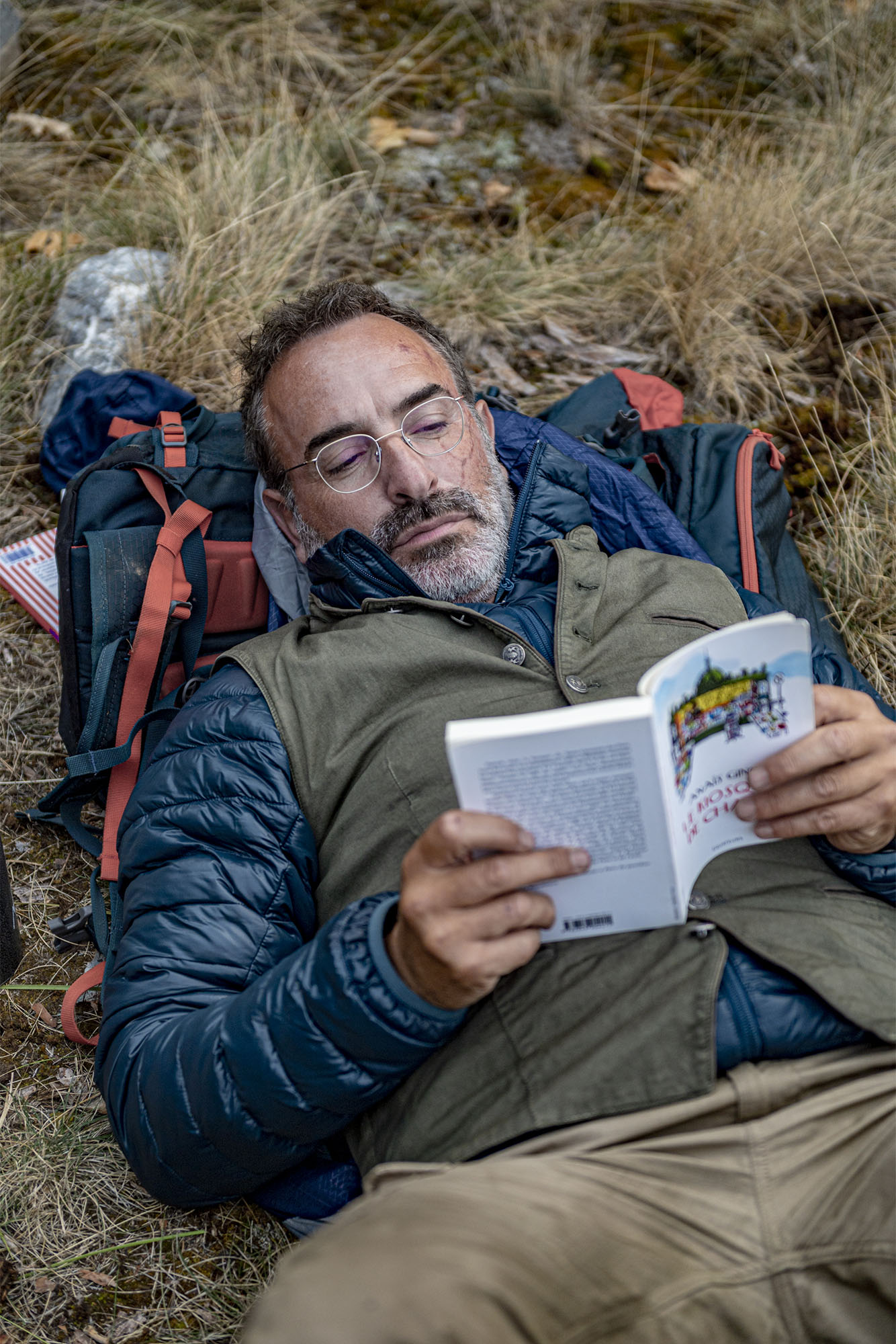
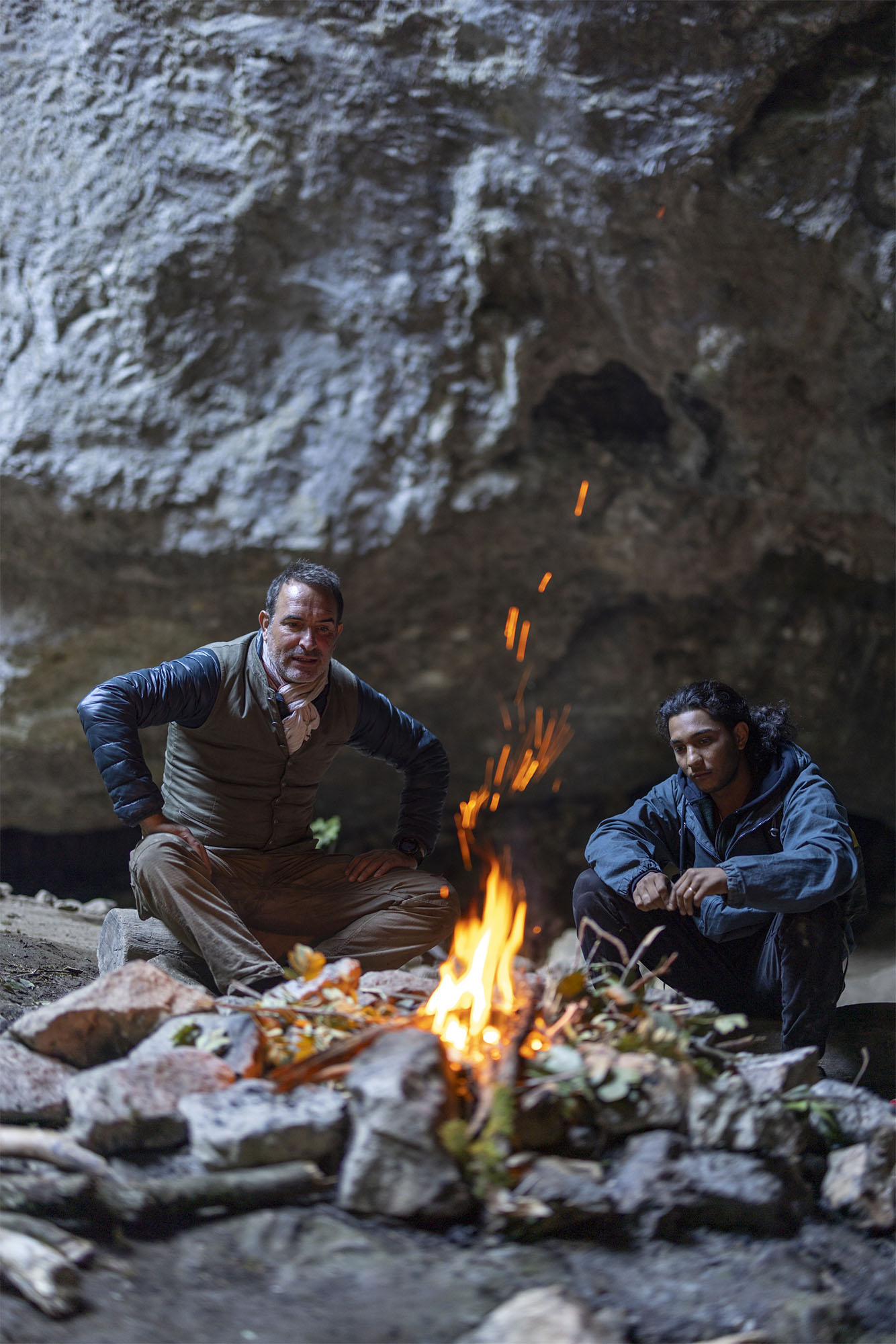
A story written and filmed “to the bone”
A radical realization, with tight shooting pace and team reduced to 10 people in total . Imbert left with Arnaud Humann, Sylvain’s guide, whom he met shooting a film in Siberia. They follow Sylvain’s footsteps, experiencing the difficulties of the walk and the sweetness of the bivouac.
“What I was interested in was that one could discover who this man was through the encounters he made along the way. That those revealed his soul.”
The sounds also seek the authentic. It is an almost ‘geological’ film, full of recordings of Jean walking on stones. Tesson says “tell me what floor you live on and I will tell you who you are.”
“In the end, more than one element remains shrouded in mystery. There are things we will never know, that he won’t have confided in us, such as the details of the accident or his battle with alcoholism. I find it enjoyable to sketch a character who does not ask for forgiveness. Which is not necessarily scandalous but may represent the soul of a man of integrity, simply integrity.”
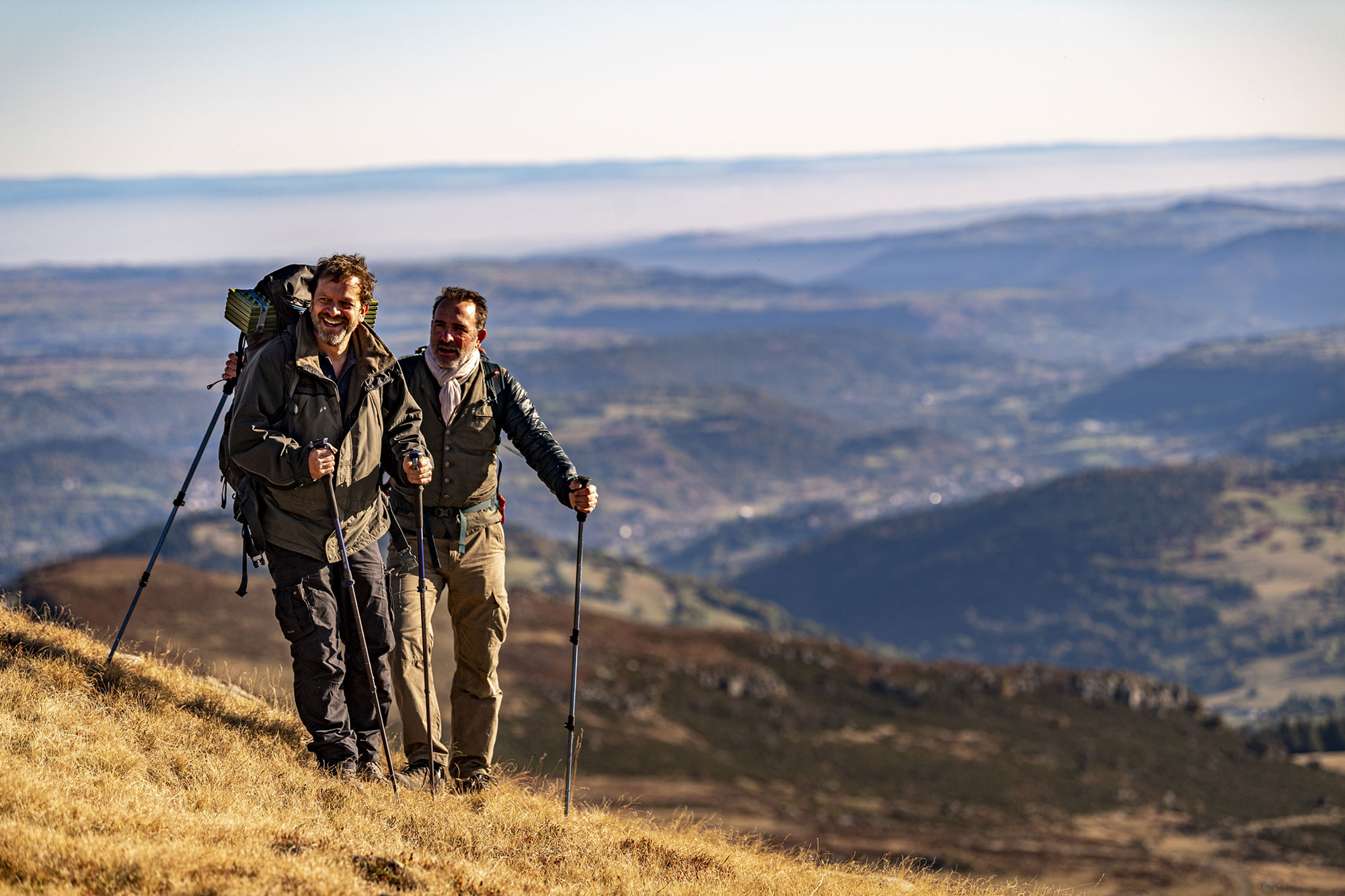
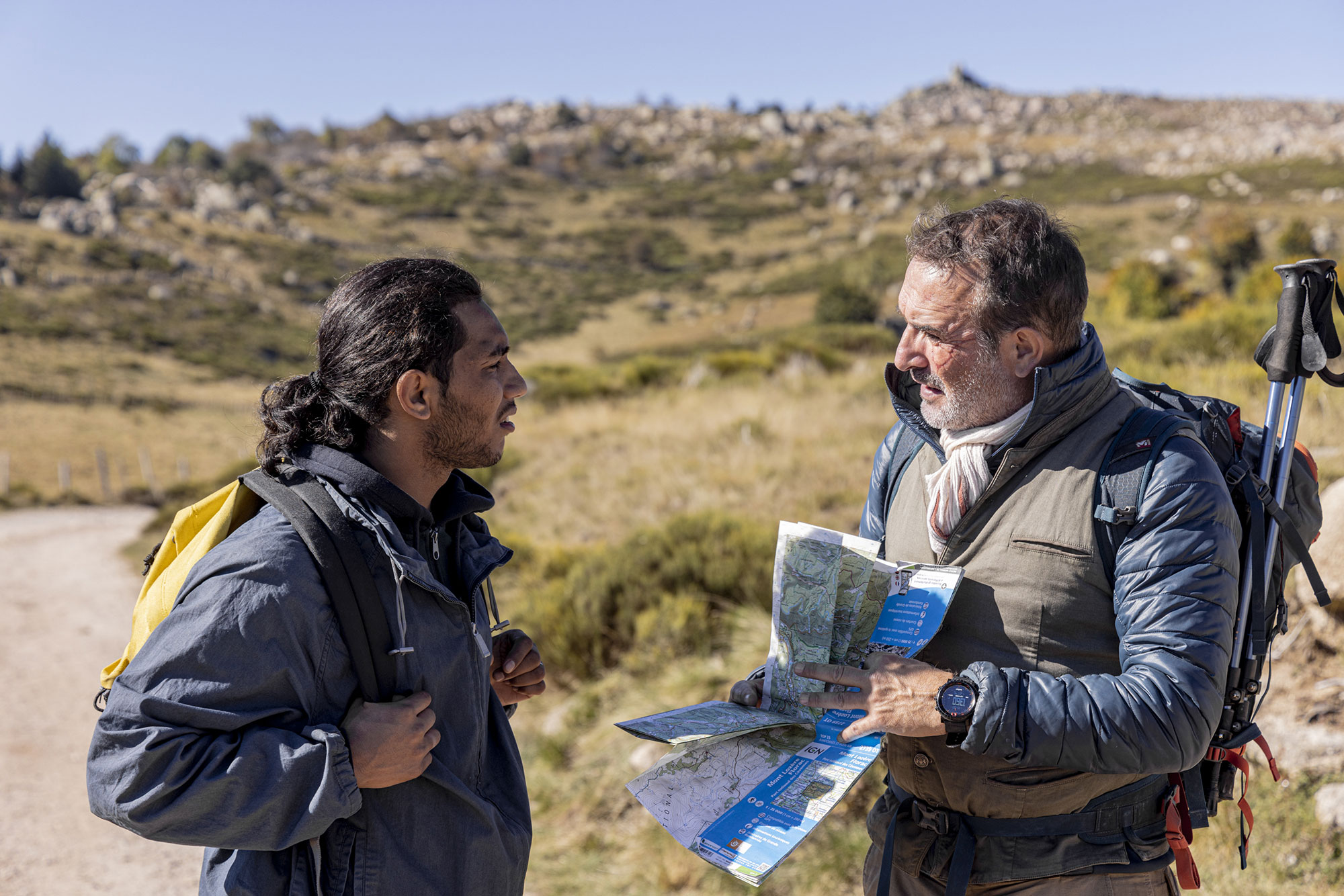
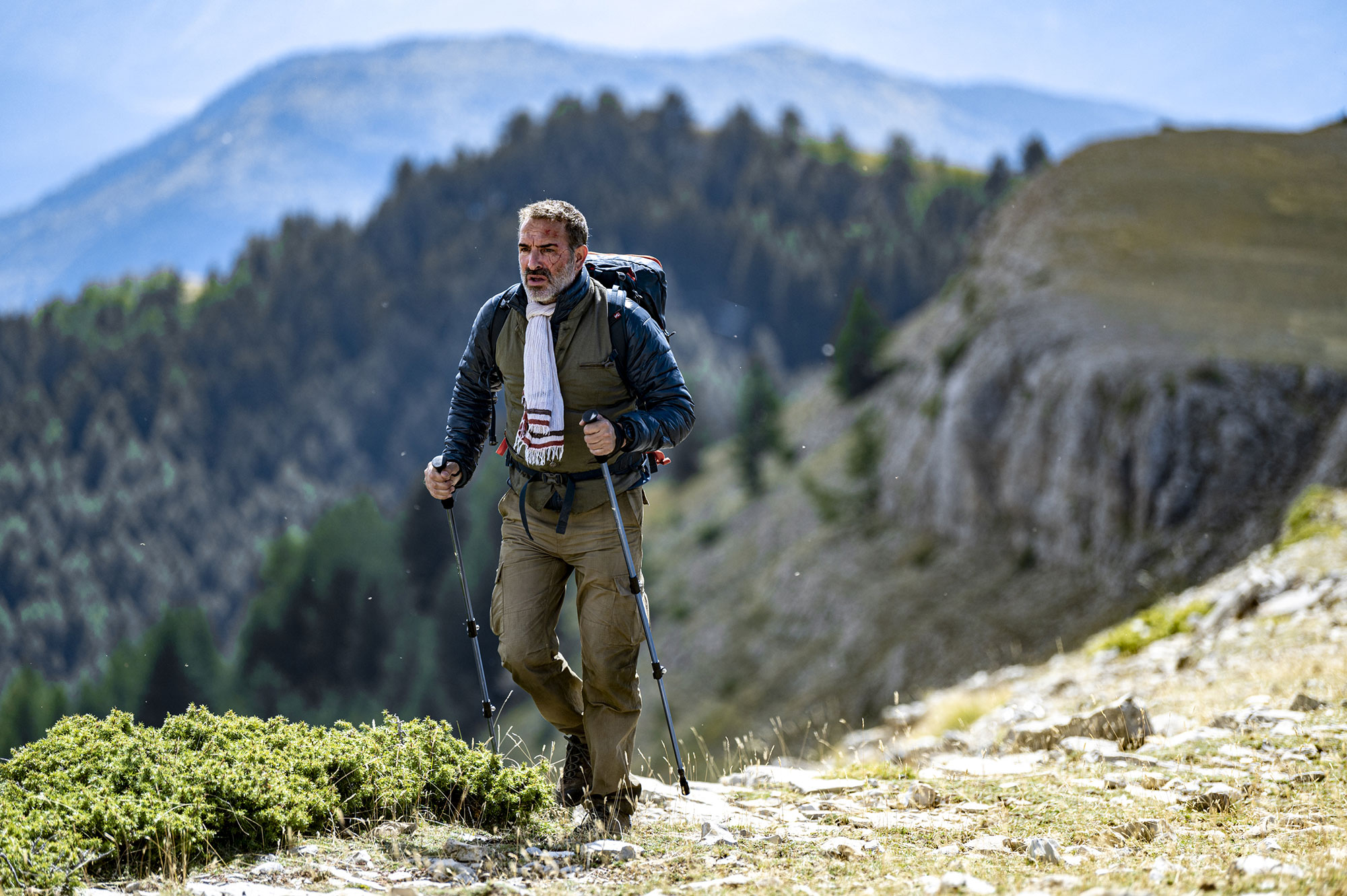
An ‘organic’ direction
Shot at 360 degrees, the film is that of a character crossing a valley and not the other way around.
“It is the character that drives. We are with him. He is the one who pulls us out of the sequence plans, and we are always on the side of his point of view. He is always the one watching. My obsession was his face. You don’t have to look for staging, you just have to find the right frame, and let the landscape do its thing.”
Thus the wild side also emerges. The direction follows the hero, who is like a wolf observing the lives of men, keeping his distance from them.
“Black trails are tracks left behind, which do not exist on maps. They are paths traveled by wild animals. I liked this idea of crossing. France has this perspective, these incredible escape lines. You can walk for four days on summit trails without meeting anyone.”
Clearly, there was no turning back. It was necessary to continue, just like the character.
“Only once or twice did we sleep in the same place. We had to move forward, just like the character. But Tesson says that to stay free, you should never sleep more than twice in the same place.”

